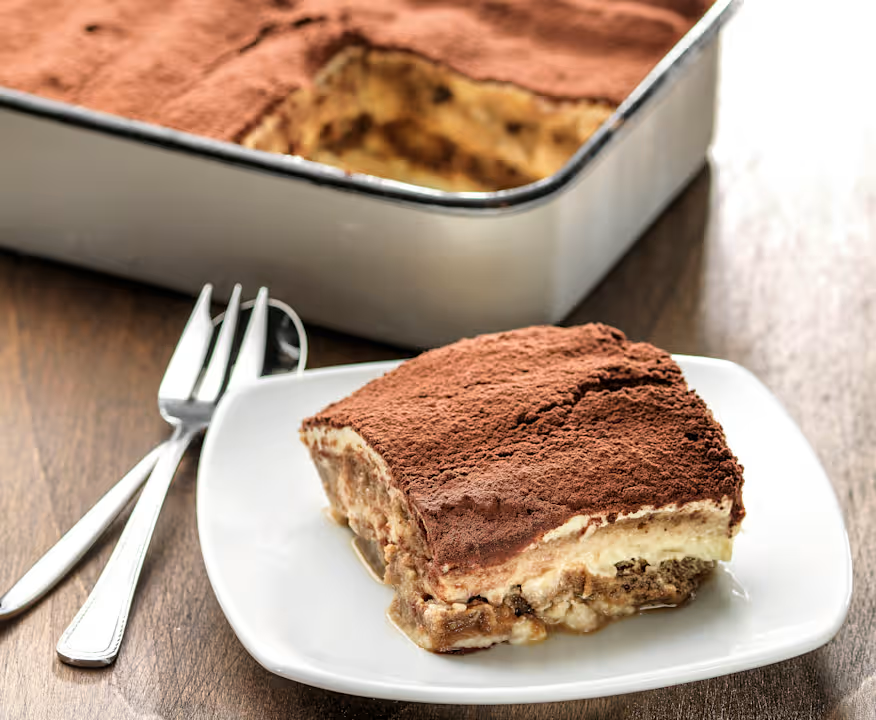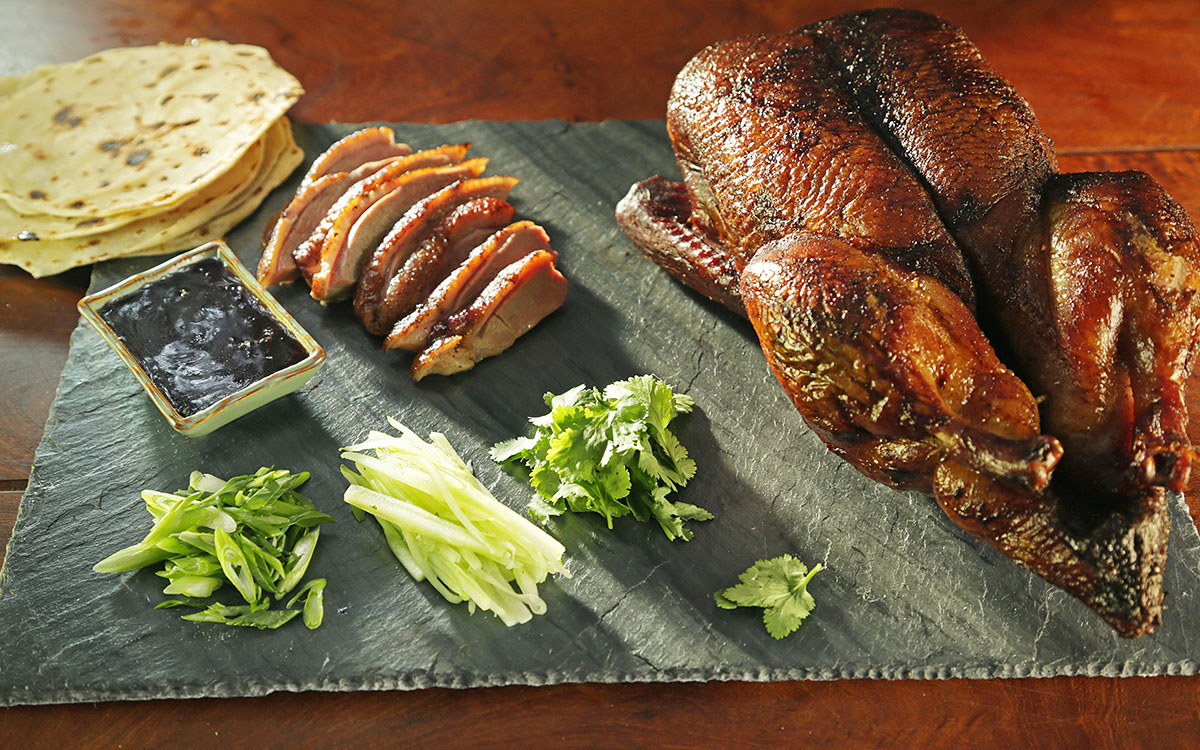Snails in Garlic Butter:
A Pleasure of Rich Flavours and Cultural Importance
Commonly known as Escargot à la Bourguignonne, snails in garlic butter have evolved to be an icon of French cuisine. This meal celebrates culture, history, and the ideal combination of basic but sophisticated components rather than only a gastronomic experience with its rich flavours, elegant presentation, and centuries of legacy. Along with some ideas on the larger background of escargot within world cuisine, this article will discuss the origins, preparation, and cultural relevance of snails in garlic butter.
The beginnings of snails as a delicacy
Human consumption of snails dates back thousands of years, to prehistoric societies. Snails were originally used in cooking under the consideration of a luxury food item by the Ancient Romans, who Often cooked with honey and wine, they produced a sweet and savoury mix. Romans thought snails had medical uses in addition to their taste. Their appeal grew throughout Europe as different areas embraced their own cooking techniques.
Particularly in the Mediterranean, snails were a staple food consumed all throughout Europe by the Middle Ages. In France, Spain, and Italy especially, they were very much sought for. But the technique of cooking snails with garlic butter first emerged in France in most polished and revered form. Eventually, Escargot à la Bourguignonne—a dish that would come to define French high cuisine—was developed by the French.
French Snails
Originating in Burgundy (Bourgogne), a country known for its wines and gastronomic legacy, Escargot à la Bourguignonne is the variant of the meal most closely linked with garlic butter. Long known for its abundance of snails, Burgundy’s residents first started cooking snails with garlic, butter, and herbs in order to accentuate the taste of this understated ingredient.
Usually eaten as a starter or appetiser during special events, the meal was first presented in a basic, rustic style. It gained especially popularity in the 19th century as French cuisine experienced major improvement and the skill of culinary presentation evolved. Escargot à la Bourguignonne entered French high society and helped transform the view of snails from a lowly peasant meal to a gastronomic treasure.
Garlic Butter Snails: Ingredients and Methodology
Usually terrestrial snails from the family Helicidae, the most often used species in the classic Escargot à la Bourguignonne is the Helix pomatia, sometimes known as the Roman snail. Their size, texture, and capacity to absorb the flavours they are cooked with make these snails valued. Although they are naturally occurring, commercially sold snails are mostly raised for food uses.
Snails have to be meticulously cleansed and free of any toxins or contaminants before cooking. Snails have long been first starved for 48 hours to clean their digestive systems, then washed to eliminate any slime or grit. To help the snails’ shells be removed easily, some cooks decide to blanch them momentarily in boiling water.
Garlic Butter
Obviously, the garlic butter is the main ingredient defining Snails in Garlic Butter. High-quality unsalted butter mixed with minced garlic, fresh herbs, sometimes a bit of salt and pepper creates this basic but savoury sauce. The main player in the show is the garlic, which gives the butter its strong, pungent taste. Parsley, thyme, and chervil—which provide freshness and a faint earthiness to the meal—are common herbs used in this one.
Sautéing the minced garlic in butter over low heat until the garlic gets fragrant—but not browned—helps to create the garlic butter. The herbs are then added and swirled till they are properly blended. After that, this butter is gently spooned into each snail shell together with the snail itself before being broiled or baked to excellence.
preparing the snails
Cooking Escargot à la Bourguignonne is delicately arranging the snails in their shells and covering them with the garlic butter mixture. Usually housed in a unique escargot dish—a round, shallow baking pan with indentations to keep each snail in place—the snails are The dish is then put in the oven and roasted gently until the butter is melted, bubbled, and somewhat brown on top.
To provide the garlic butter a lovely, somewhat crispy finish, some recipes additionally call for broiling the dish for a few minutes towards the conclusion of cooking. Usually presented hot, the snails are accompanied by crusty French bread to dip into the aromatic garlic butter sauce. The taste sensation that enthrals the senses and provides a memorable taste experience is the mix of the soft snail meat with the creamy, garlicky butter.
Snails’s Part in French Cooking
Particularly in the form of Escargot à la Bourguignonne, snails are closely entwined with French cooking history. Particularly in the Burgundy area, they are routinely included on menus of fine dining restaurants and are often connected with French high cuisine. The dish’s ongoing appeal in France is evidence of the nation’s respect of basic but sophisticated foods that, when carefully and precisely cooked, can provide remarkable flavours.
The French say, “bon appétit,” which means “enjoy your meal.” Eating snails is an event that calls both admiration and patience. The satisfaction of the meal comes from the meticulous removal of the sensitive snail from its shell, bread dipped into the garlic butter sauce, and appreciation of every mouthful. It’s about the eating and sharing process as much as about the dish itself.
French Culture & Symbolism: Escargot
Snails are sometimes seen in French society as a delicacy for special events and their intake is usually connected to celebratory meals like Christmas dinners or New Year’s Eve. For French bistros and restaurants serving visitors, the meal is also a popular choice, hence defining the gastronomic scene for those travelling to France.
Escargot also connotes richness and grace. Snails came to be associated with aristocratic dining in the 19th century, savoured by French nobility and intellectuals who would feast on them in grandiels. Escargot à la Bourguignonne still conjures thoughts of French refinement today, and its inclusion on a menu usually points to a more upscale dining experience.
Variations Globally in Snails in Garlic Butter
Although Escargot à la Bourguignonne is by far the most well-known variation of snails in garlic butter, the dish has inspired several variants in different nations and culinary traditions.
Italy: Lumache aglio e burro
Though Italian cooks may add various herbs, such oregano or basil, to give the traditional garlic butter sauce a Mediterranean touch, the dish known as Lumache al Burro e Aglio follows a similar cooking approach in Italy. Italy’s long-standing custom of consuming snails—especially in rural areas—allows different regional interpretations of the meal.
Spain: Ajillo’s Caracoles
Another common method of cooking snails with garlic in Spain is carameloles al Ajillo, which often calls for some paprika or chilli flakes for additional heat. Usually served as a dipping sauce for rustic bread, the snails are fried in a delicious olive oil flavoured with garlic.
Garlic Butter (American Style) Escargot North America
Escargot in Garlic Butter has been embraced as a gourmet entrée at fine dining restaurants in North America, especially in Canada and the United States, usually presented in the classic French manner. To give the garlic butter mixture a somewhat varied flavour profile, American and Canadian chefs may play with the dish by adding other ingredients, such cheese, lemon zest, or white wine. Especially in more laid-back dining situations, the custom of making escargot with parmesan cheese or a cheesy topping has become rather popular.
Snails’ Medical Uses
Although they are a luxurious treat, snails are shockingly nutritious. Low in calories yet high in protein, escargot is loaded with vital minerals including calcium, magnesium, and iron. For those trying to enjoy a sophisticated meal without the guilt, they are also a health-conscious choice since they are a good source of omega-3 fatty acids and vitamins. When made with garlic and butter, the snails taste great and provide a nutritional boost—provided the butter is used sparingly.
In essence
Escargot à la Bourguignonne, or Snails in Garlic Butter, is a single bite meal with history, custom, and great taste combined. From their ancient Roman beginnings to their reputation as a hallmark of French gastronomic excellence, snails in garlic butter have developed into a timeless classic that enthrals foodies all around.
Escargot à la Bourguignonne is a meal that invites discovery and admiration whether eaten in a rustic French cafe in Burgundy or as part of an exquisite dining experience overseas. Slipped in the creamy, aromatic garlic butter, the delicate snail presents a taste sensation.










